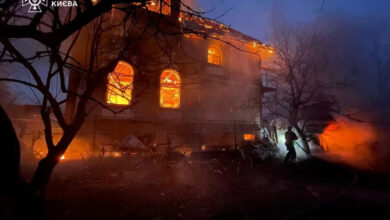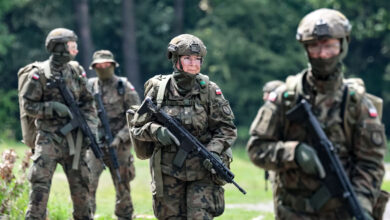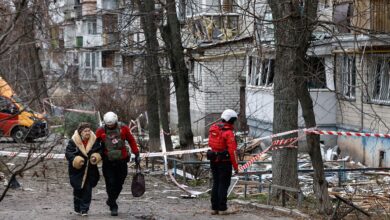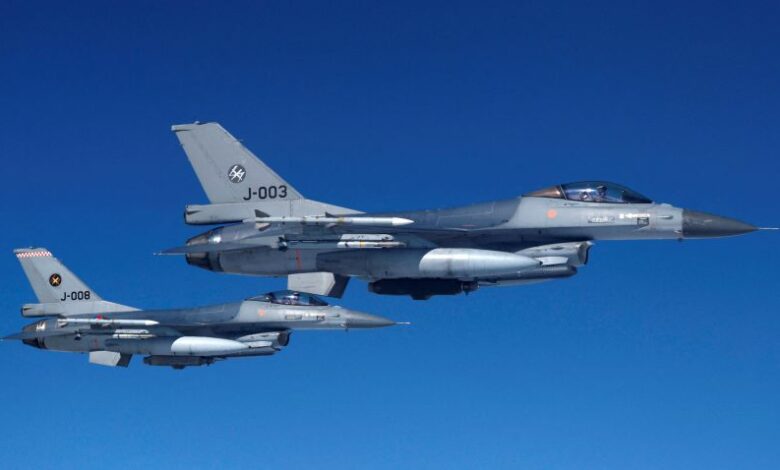
In many ways, the US-made F-16 is the ideal platform for the Ukrainians. It’s multi-role: it can provide air cover for troops, attack ground targets, take on enemy planes and intercept missiles. And it’s available: European air forces have plenty of F-16s and are phasing them out. There is a ready supply of spare parts; and the F-16 can operate with a variety of weapons systems.
The need is critical: Russian air superiority, especially on the southern front, has stymied the progress of the Ukrainian counteroffensive and inflicted heavy casualties on Ukrainian units. With the right armament, F-16s could deter Russian fighter-bombers from approaching the battlefield.
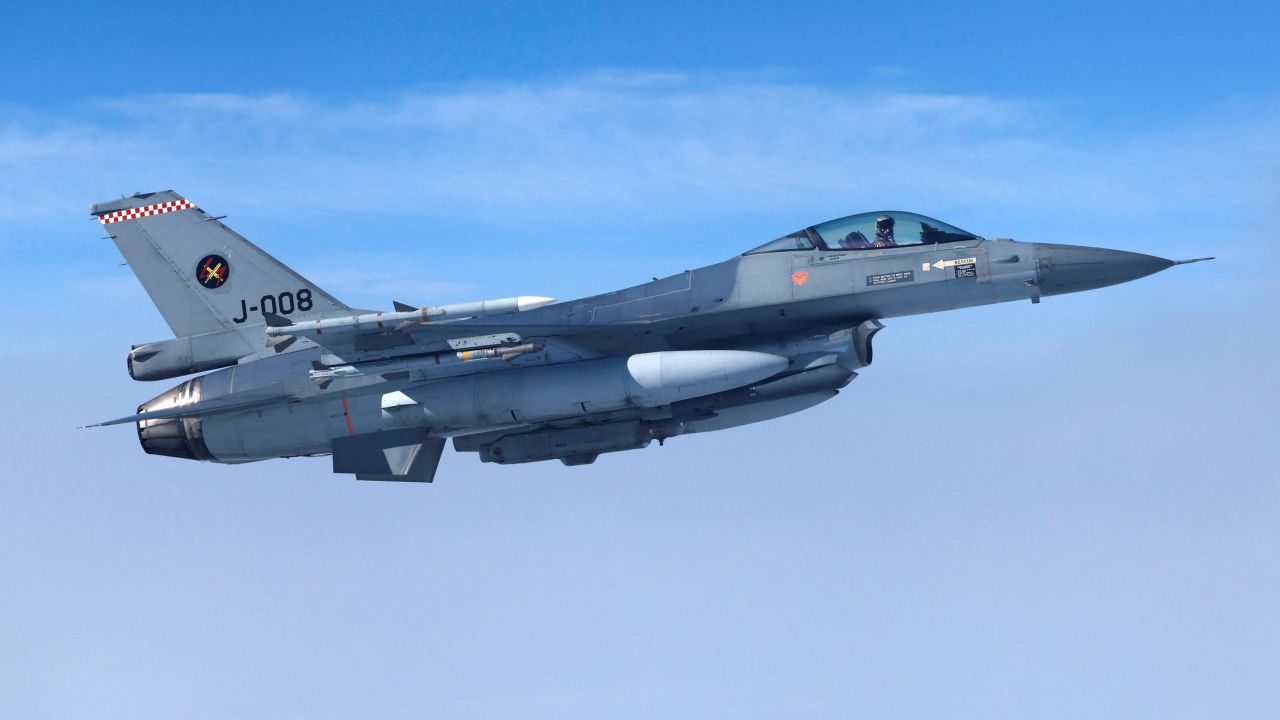
But just when the F-16s will fly combat missions is at the mercy of many variables – training programs which are only now getting underway, getting support infrastructure in place, the type of weaponry deployed. There’s a delicate balance between the urgent need to get the F-16 into Ukrainian colors and the thorough preparations required to make the most of the aircraft.
Then there’s the question of how many F-16s would make a difference on the battlefield. Denmark, the Netherlands and Norway have committed to providing Ukraine with more than 60 jets, but some will have to be used for training and there will be a maintenance cycle.
Col. Yurii Ihnat, Ukraine’s air force spokesman, believes that two squadrons, each of 12 planes, would begin to turn the tables.
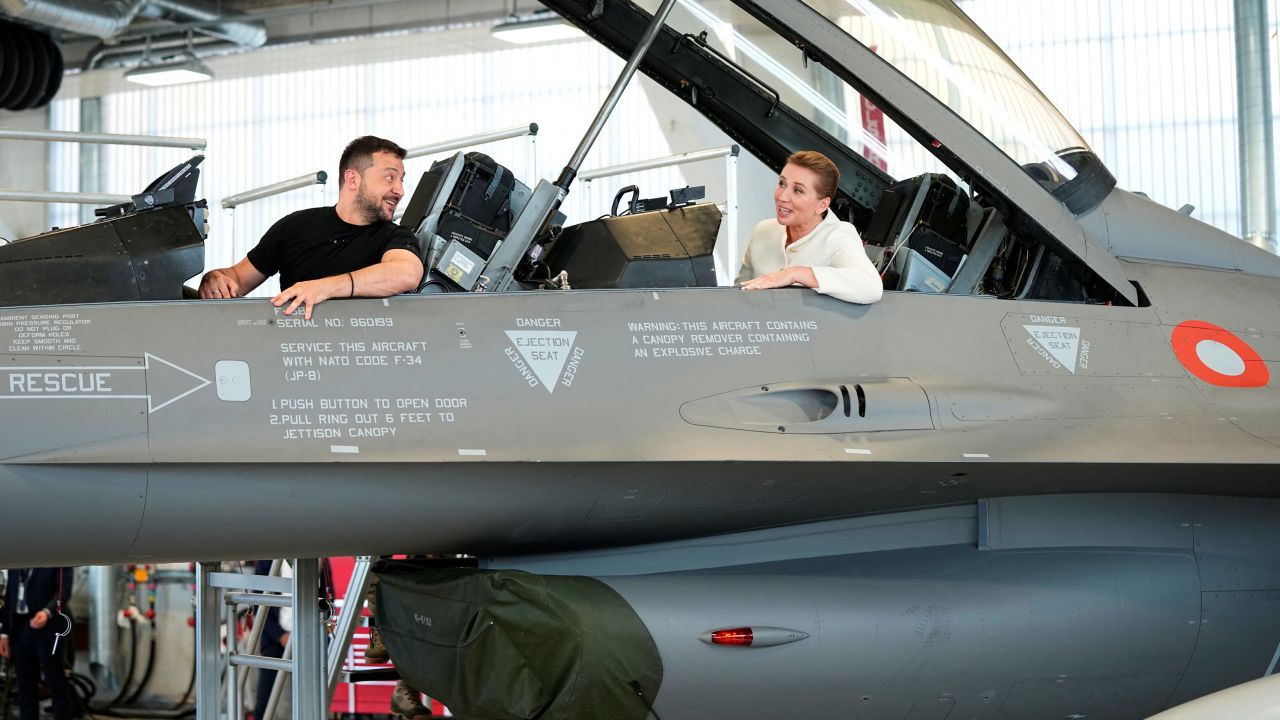
But the F-16 has never gone up against Russian air defenses in the real world. It’s critical to establish the best possible role for it.
“The idea of F-16s flying over the front lines and breaking the stalemate is just not viable – it’s just too dangerous,” said Mark Cancian, a senior adviser at the Center for Strategic and International Studies. “Russian air defenses are very formidable.”
Rapid training
Training programs are getting underway for the first batches of Ukrainian pilots – in Denmark, Romania and the United States. (Greece has also offered to train pilots.) These will take longer than the three or four months suggested in some quarters for pilots who have no experience flying Western combat planes.
First, there is a big difference between basic training (take-off, fly, land) and operating in combat mode as one of a group of planes in range of well-entrenched Russian air defenses.
One F-16 pilot told the online military publication “War Zone” that the plane is intuitive. “You turn it on, you push the throttle up, you go and fly.”
“But to learn how to fight with it, to learn how to use missiles, we will take around six months,” Ihnat acknowledged.
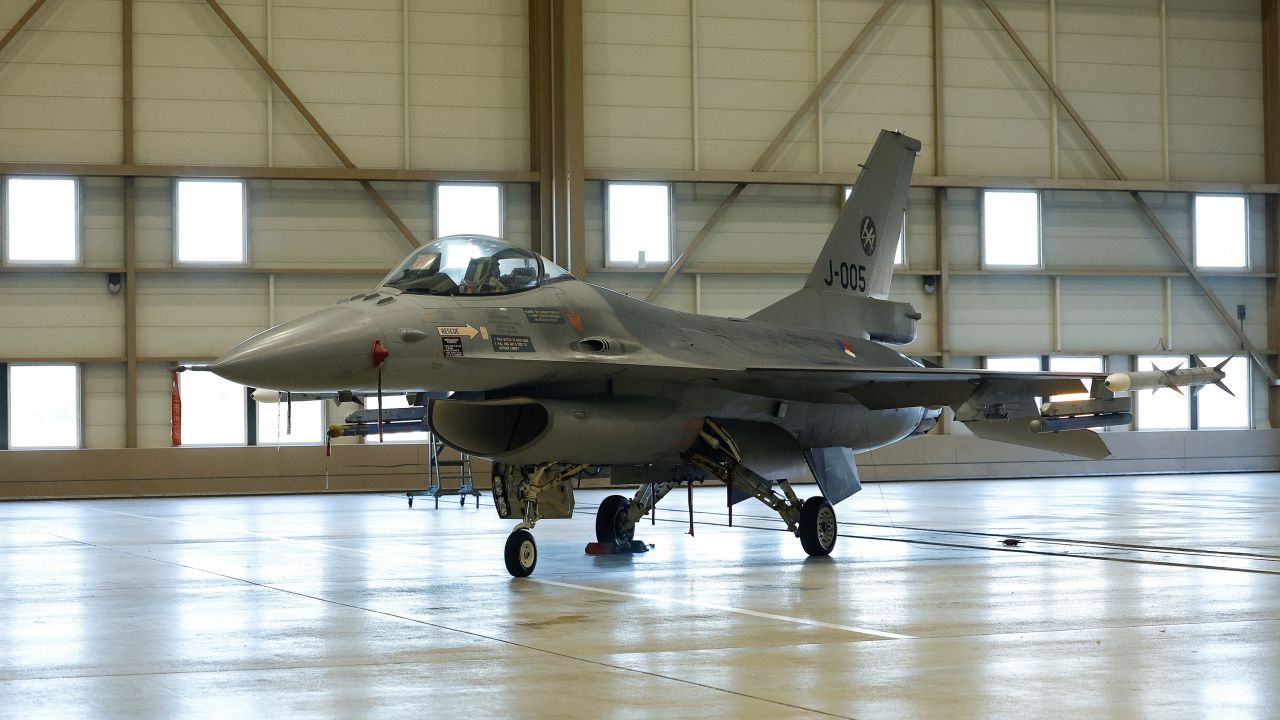
Ukrainian Defense Minister Oleksii Reznikov has said that “six to seven months is the minimal period that should be seriously taken into account.”
Even that timetable is ambitious. Western pilots graduating from other planes require about nine months to gain full proficiency – and that doesn’t include training for specific combat scenarios. Also, the cockpit layout of an F-16 is a whole lot different from that in a MiG-29 – the Soviet-era jet commonly flown by Ukrainian fighter pilots.
Add to that, pilots would require English-language proficiency. Ihnat says about 30 Ukrainian air force pilots have adequate English, the absolute minimum required to stand up two squadrons.
There would be the additional task of learning how to operate Western weapons such as Advanced Medium-Range Air-to-Air Missiles (AMRAAMs) capable of taking out Russian combat planes at distance. On the upside, Ukrainian pilots have adapted fast to using Western High-speed Anti-Radiation Missiles (HARM) on their MiG-29s.
According to Cancian, at the CSIS, “The problem is that they have to transition to an aircraft that has a bunch of systems they haven’t seen before, plus there’s a whole approach to air warfare that the US and NATO use that the Soviets did not.”
Heavy maintenance
As effective as it is, the F-16 demands much more maintenance than the average Soviet-era fighter, and that would be as challenging for the Ukrainians as flying the platform.
Cancian told CNN that F-16s need 16 hours of maintenance per flight hour. At a cost of nearly $27,000 per flight hour, it is also expensive to fly.
“There are tens of thousands of parts on an F-16,” Cancian said, “and that pipeline has to go into Ukraine, so when the plane lands and you taxi it into the hangar and you have to go fix something, the part is on hand.”

A report by the US General Accounting Office last year ranked the F-16 as one of the most difficult US Air Force planes to maintain: it had not met its mission goals in any of the previous 10 years.
US officials have been cautious about both the impact that the F-16s will have in Ukraine and the scale of training involved.
Gen. James B. Hecker, commander of US Air Forces Europe, says that the plane won’t be in Ukraine until next year. But he told a media call this month that “it’s not going to be the silver bullet, [that] all of a sudden they’re going to start taking down SA-21s [Russian surface-to-air missiles] because they have an F-16.”
Hecker said real proficiency on sufficient numbers of the aircraft “could be four or five years down the road.”
US Air Force Secretary Frank Kendall echoed that assessment, saying the F-16 “will give Ukrainians an increment of capabilities that they don’t have right now. But it’s not going to be a dramatic game-changer.”
Motivated force
The Ukrainians see one of the chief advantages of the F-16 as its potential to deter the Russians’ most potent combat jet, the Su-35, whose delivery of guided bombs has taken a toll on Ukrainian ground forces.
Ukrainian Air Force commander Mykola Oleshchuk said last week that success against the Su-35 would force the Russians to take it out of range, allowing the counteroffensive to gather speed.
The Ukrainians have of course persistently surprised Western militaries with their mastery of long-range artillery, air defense systems and tanks supplied by NATO nations.
Kendall said recently: “I don’t think I’ve ever seen more motivated individuals, in terms of wanting to get into the fight and make a difference.”
But motivation must extend beyond the pilots to a long tail of engineers and technicians.
The Biden administration has been extraordinarily careful not to involve US service members or contractors in the war effort in Ukraine, so it’s unlikely that US technicians will be on the ground.
Instead, the teleconference maintenance system that has helped the Ukrainians fix so many of their Western systems will be a critical link.
The Ukrainian Air Force has long been working on improving and protecting airfields that would accommodate the F-16s.
The Russians have made a priority of targeting Patriot air-defense complexes, without much joy. F-16 fighter jets would present a much more tempting – and valuable – target, through cruise missile attacks against airfields and surface-to-air missiles and other weapons in the air.
If the Russians enjoy some success, said Cancian, the Ukrainians and their allies would see a bad narrative unfold.
“People recognize that you lose equipment, but if you lose it very quickly, very visibly, then people get discouraged,” said Cancian.
The last publicly acknowledged loss of an F-16 in combat was an Israeli plane downed by Syrian air defenses (provided by Russia) in February 2018.
Ukrainian pilots, flying an unfamiliar aircraft in more heavily defended airspace, will face a much greater threat from more advanced Russian air defenses, including the S-400, Russia’s newest and most capable surface-to-air missile system.
Ultimately, such valuable equipment can’t be hurried into combat. Even if the first F-16s fly their first combat missions next spring, a lot may have changed on the ground by then.

